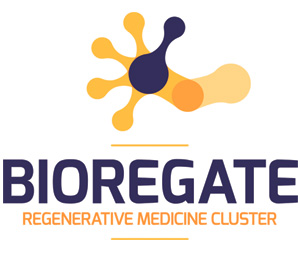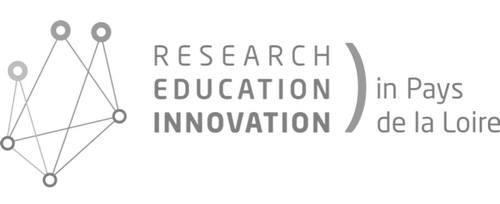Proteomic profiling plays a decisive role in the elucidation of molecular signatures representative of a specific clinical context. MuStem cell based therapy represents a promising approach for clinical applications to cure Duchenne muscular dystrophy (DMD). To expand our previous studies collected in the clinically relevant DMD animal model, we decided to investigate the skeletal muscle proteome 4 months after systemic delivery of allogenic MuStem cells. Quantitative proteomics with isotope-coded protein labeling was used to compile quantitative changes in the protein expression profiles of muscle in transplanted Golden Retriever muscular dystrophy (GRMD) dogs as compared to Golden Retriever muscular dystrophy dogs. A total of 492 proteins were quantified, including 25 that were overrepresented and 46 that were underrepresented after MuStem cell transplantation. Interestingly, this study demonstrates that somatic stem cell therapy impacts on the structural integrity of the muscle fascicle by acting on fibers and its connections with the extracellular matrix. We also show that cell infusion promotes protective mechanisms against oxidative stress and favors the initial phase of muscle repair. This study allows us to identify putative candidates for tissue markers that might be of great value in objectively exploring the clinical benefits resulting from our cell-based therapy for DMD. All MS data have been deposited in the ProteomeXchange with identifier PXD001768 (http://proteomecentral.proteomexchange.org/dataset/PXD001768).

